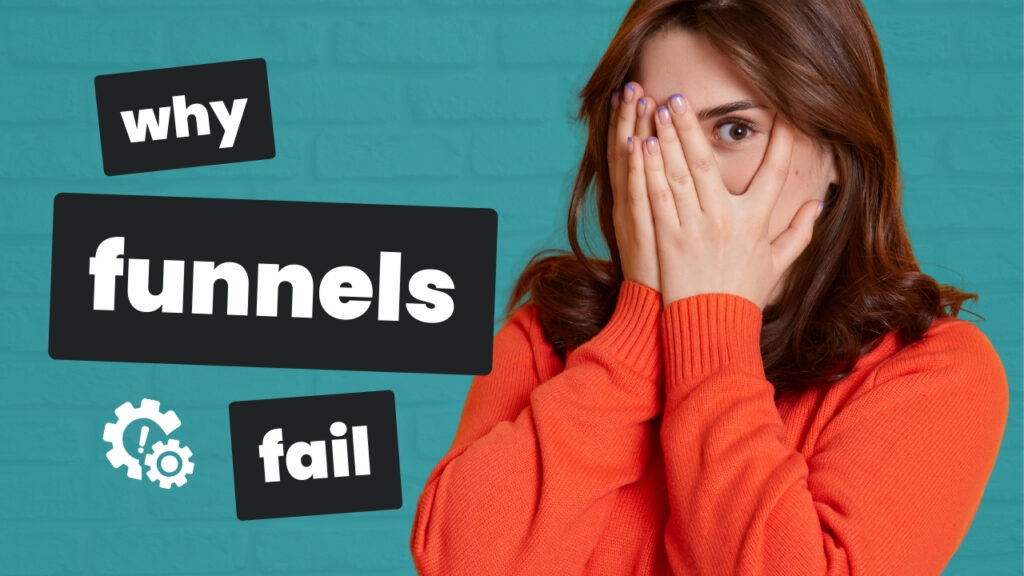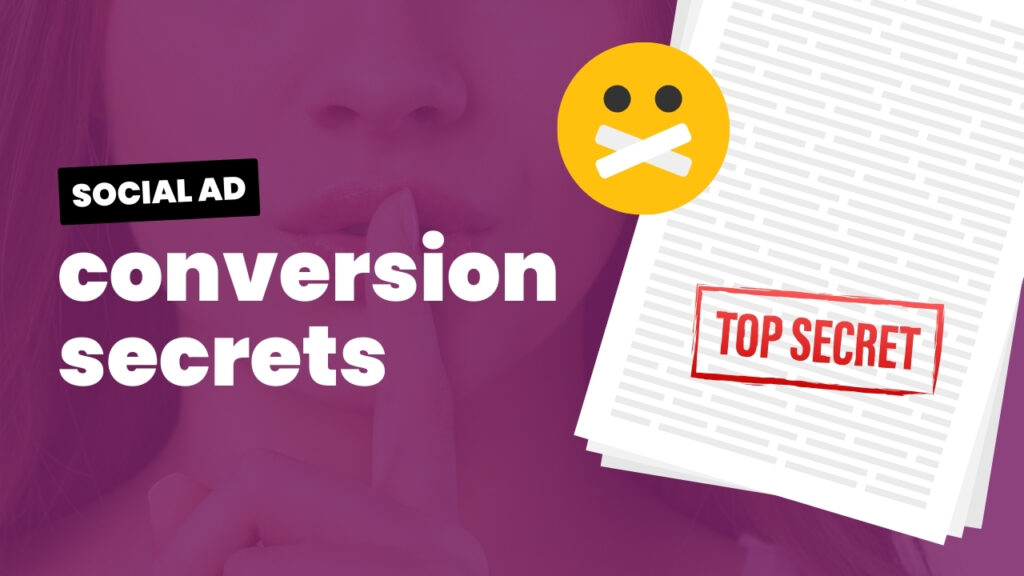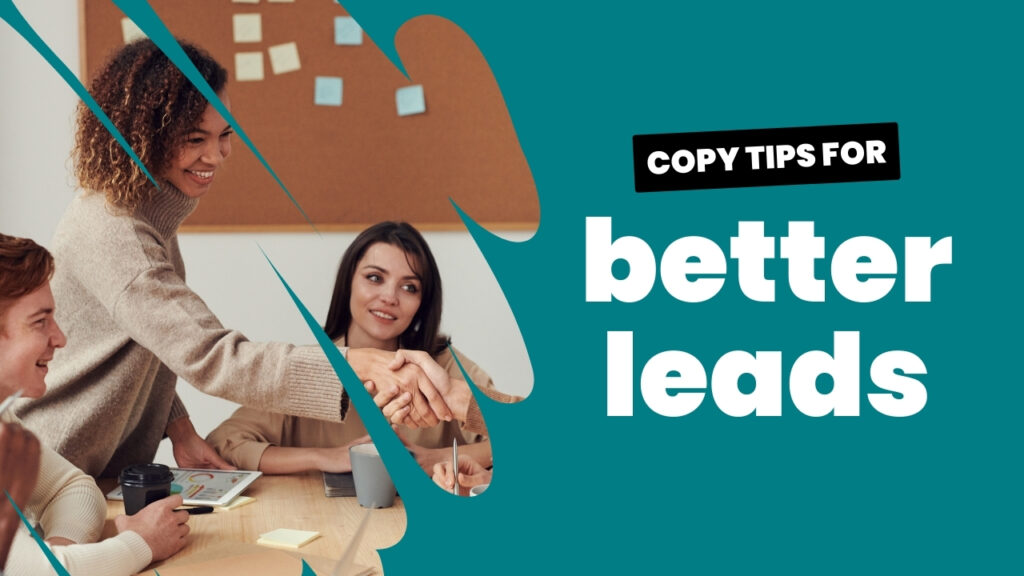A YouTube viewer recently asked me this:
“I’m trying to figure out how [the funnel pieces] all link together. Where do they sit? Are they paid ads for funnels and landing pages? Are they linked deliberately or kept separate?”
Well, it depends.
In a typical funnel (the way I define them), the core funnel starts with the lead magnet opt-in page. It continues with emails, maybe other trust-builders like a webinar, and then culminates with a sales page.
Sometimes you’ll jump straight from one landing page to the next.
For example…
Just the other day, I purchased an execution plan from Digital Marketer. After entering my payment info, before landing on the confirmation page, I was redirected to an upsell page offering a 14-day free trial for the DM Lab.
So, I went straight from the checkout page to an upsell landing page.
Other times…
You’ll opt-in to something (like a lead magnet) and get a few emails before seeing another offer (like a free masterclass or low-cost product).
Everything that comes before the lead magnet (aka the funnel trigger), I consider a traffic source.
You can use paid traffic, social media posts, a freebie link in your website navigation, exit-intent popups, or opt-in boxes on your blog or podcast notes.
(^^ These are some of the most common options. Though, it’s not an exhaustive list of the options available.)
For example…
For years, Amy Porterfield had 3 core training programs. And on her homepage, she had 3 different lead magnets that sent people into a corresponding funnel for one of her programs.
- Freebie #1 → Funnel #1 → Program #1
- Freebie #2 → Funnel #2 → Program #2
- Freebie #3 → Funnel #3 → Program #3
THE LOGIC: Her homepage became a traffic source for her funnels and was focused on getting people on her email list for upcoming launches.
In the past, I’ve offered specific lead magnets in the footer, sidebar, and popups on blog posts in specific categories – like offering The Sales Page Checklist for posts in the sales page category.
THE LOGIC: People reading about sales pages are more likely to be interested in the Sales Page Checklist.
I’ve also used exit-intent popups across my site to make a freebie offer to people who weren’t intent on moving forward with any services.
(An exit-intent popup shows to a page visitor when they go to exit the page. It’s kind of like making a down-sell offer to people who didn’t want to take action on the page that they were on.)
THE LOGIC: “Oh, you’re leaving, so you probably aren’t interested in what’s on this page. How about this free… that’ll help you…?”
So, what about Facebook ads? Do you have to use them?
No.
But they can be useful for reaching people who’ve never heard of you before. It’s a way to extend your reach and to do it quickly.
(^^ By the way, there are specific strategies for using FB ads successfully. I don’t recommend jumping in without doing some in-depth research on what’s working on FB now.)
My point is:
There isn’t one way to set up your funnel.
What’s most important is that you understand your ideal buyer’s journey – details like:
- Where are they hanging out online?
- What are they struggling with right now?
- How do they prefer to communicate?
- How can I help them get a quick win?
- What ultimate outcome are they looking for?
- How does my digital product fit into that story?
- What questions do I need to answer to help them make a decision?
Then, design a sales system that aligns with your ideal buyer’s purchasing process.
You wouldn’t use Facebook ads if your ideal buyer wasn’t on Facebook. You wouldn’t set up an email funnel for elderly prospects who don’t even have email addresses.
So, what should your funnel look like?
I find it helps to study cases from purchases you make in real life.
Let’s look at an example:
A plumber would only need a super simple funnel to line up with his or her typical buyer’s journey:
Oh no, my pipe busted! Let me do a quick Google search and find a local plumber who’s open right now. Great! There’s the number. **calling** Can you come out a do a visit today? Yeah? See you in 30 minutes!
You can see, the plumber has no need for lead magnets. Or emails. Or sales pages.
The key to the plumber’s success (at least with emergency cases like this) is being found on Google by prospective clients in the service area, having open hours clearly visible, having a phone number listed, and having someone to answer the phone when it rings.
The plumber would need:
- a simple one-page website,
- a Google local business listing with all the relevant information (like operating hours and phone number, and…
- someone to answer the phone and handle calls
- maybe Google search ads for relevant keywords
An online course funnel doesn’t necessarily look the same as one for a physical product. Nor does it look like one for a local business.
That’s because the buyer’s purchasing process is often different.
When you’re putting together your first funnel…
Yes, it’s good to understand and study different sales funnel strategies.
It’s better to understand the logic behind the strategy.
It’s even better to take that strategy, the logic, and then adapt it to your ideal buyer’s purchasing process.
Stuck?
I find it helps to study funnels (or sales systems) where you’re the buyer. That’s because you have the insider’s perspective.
- What helped/didn’t help you make a decision?
- What pieces were needed for you to make a purchase?
- Where did the journey start? What was the catalyst?
Take notes and then see how you can apply them to your business.


